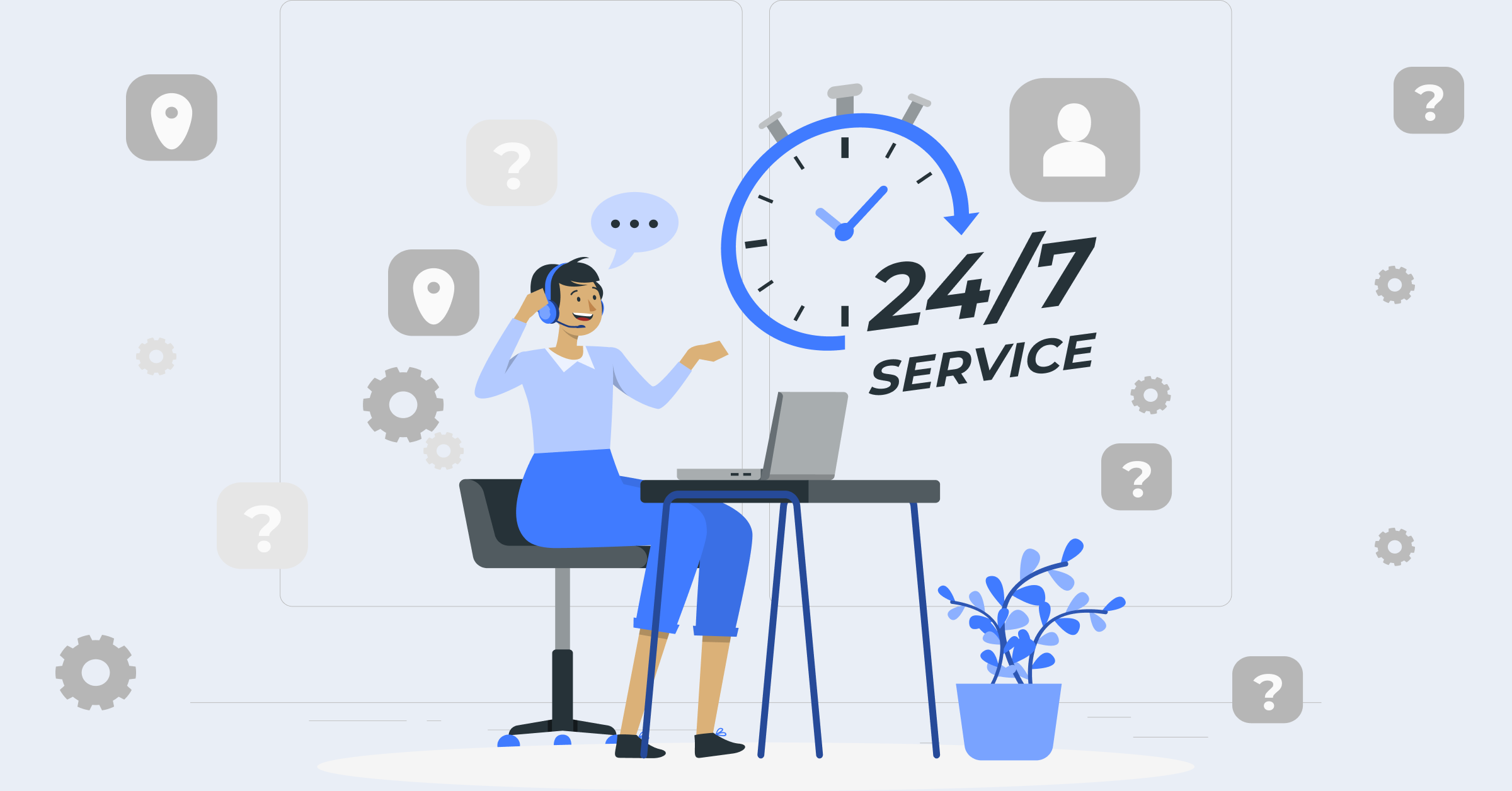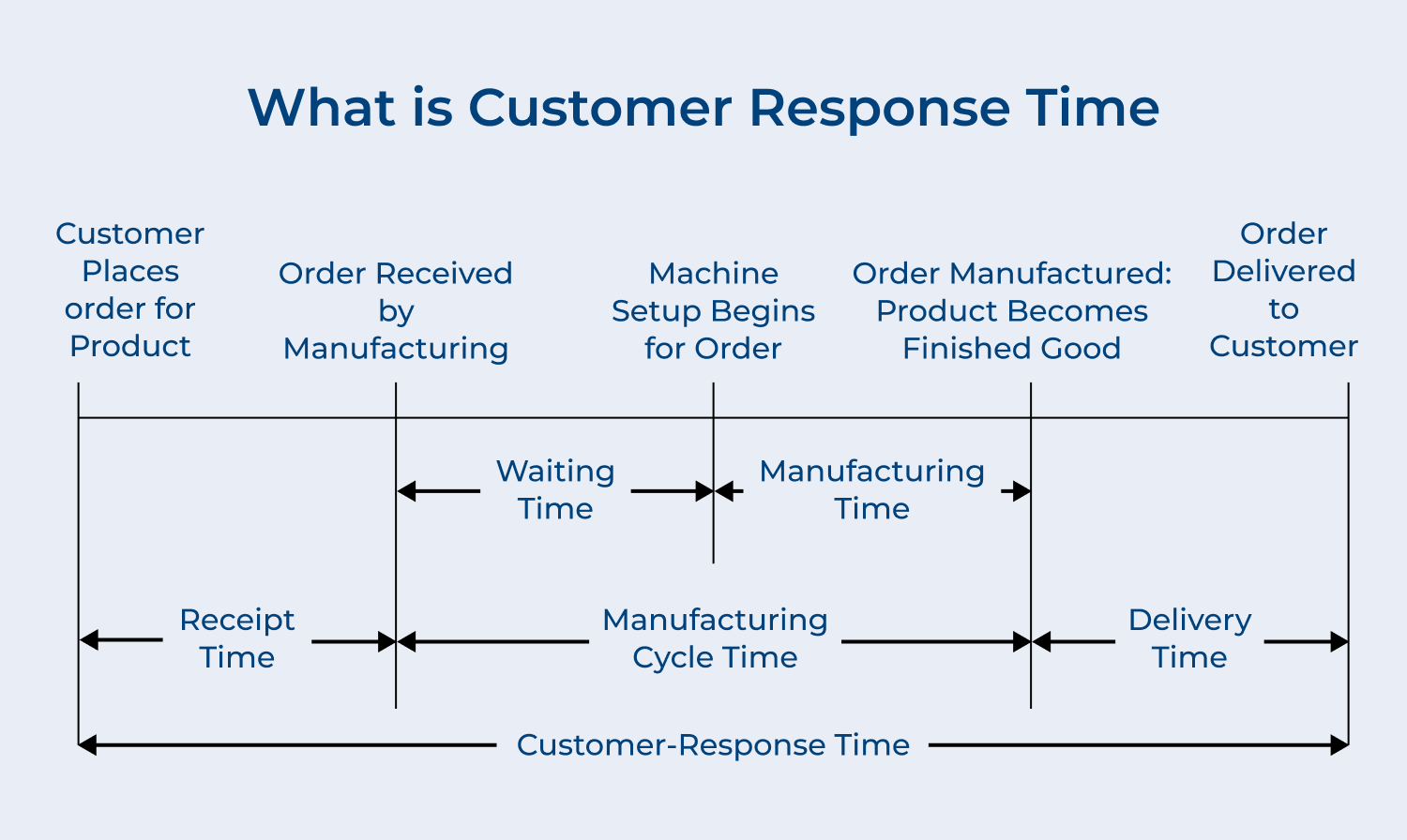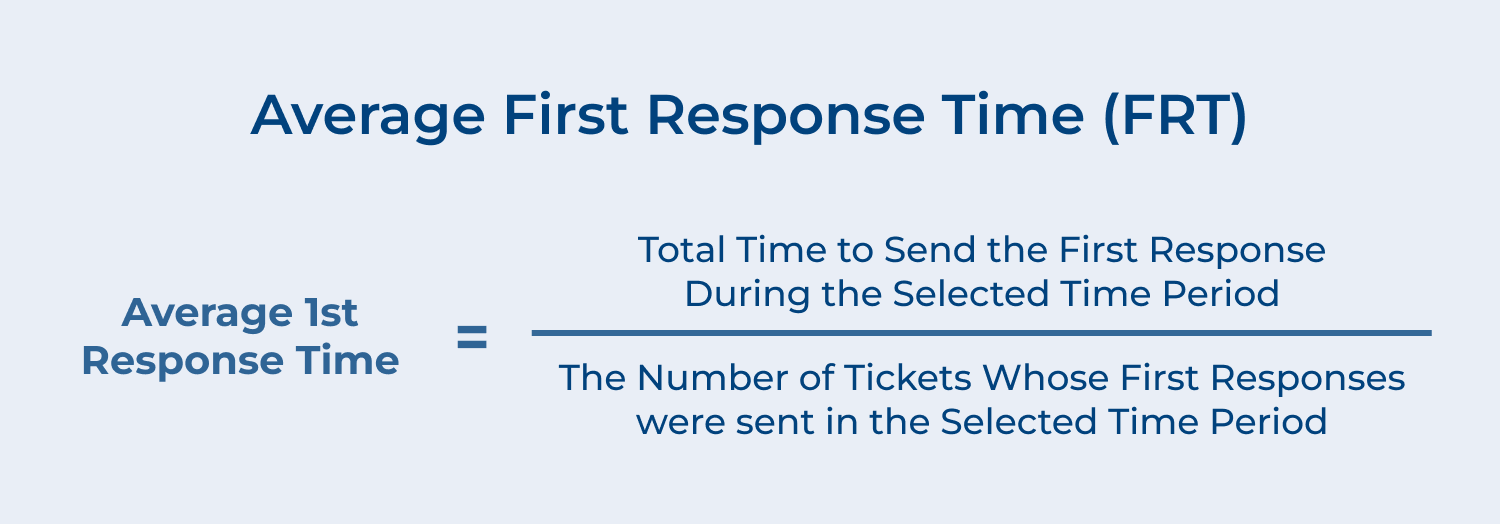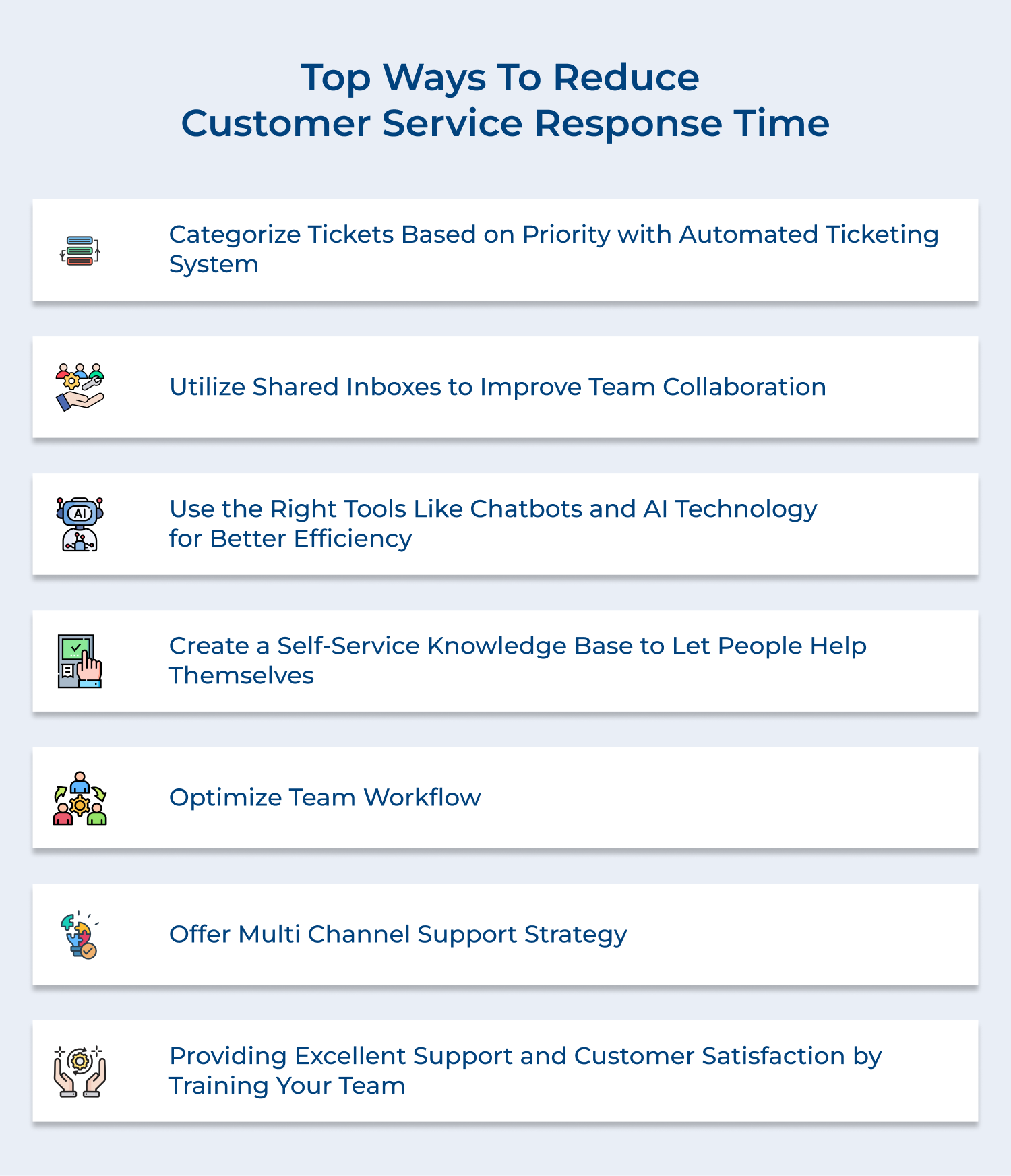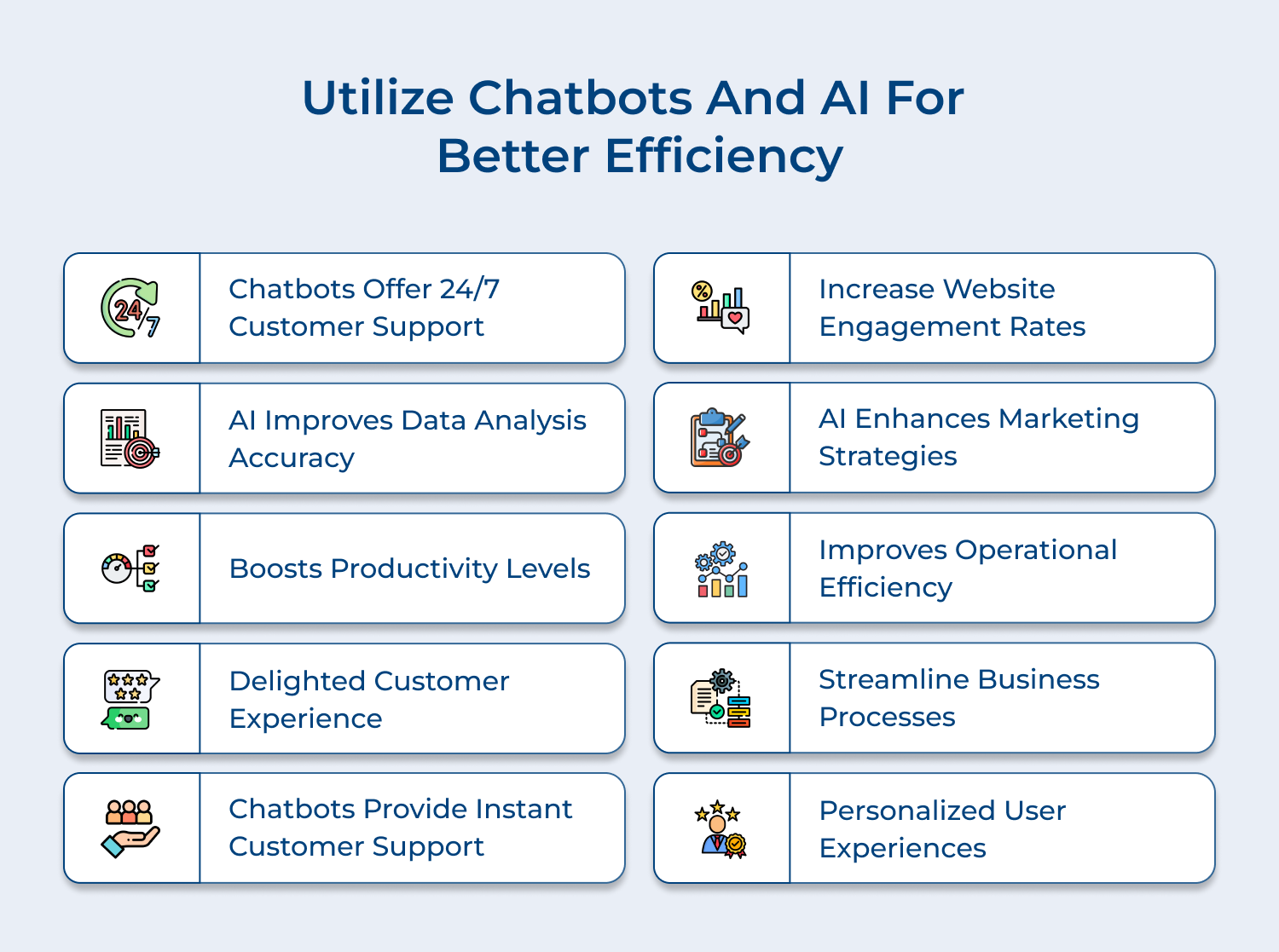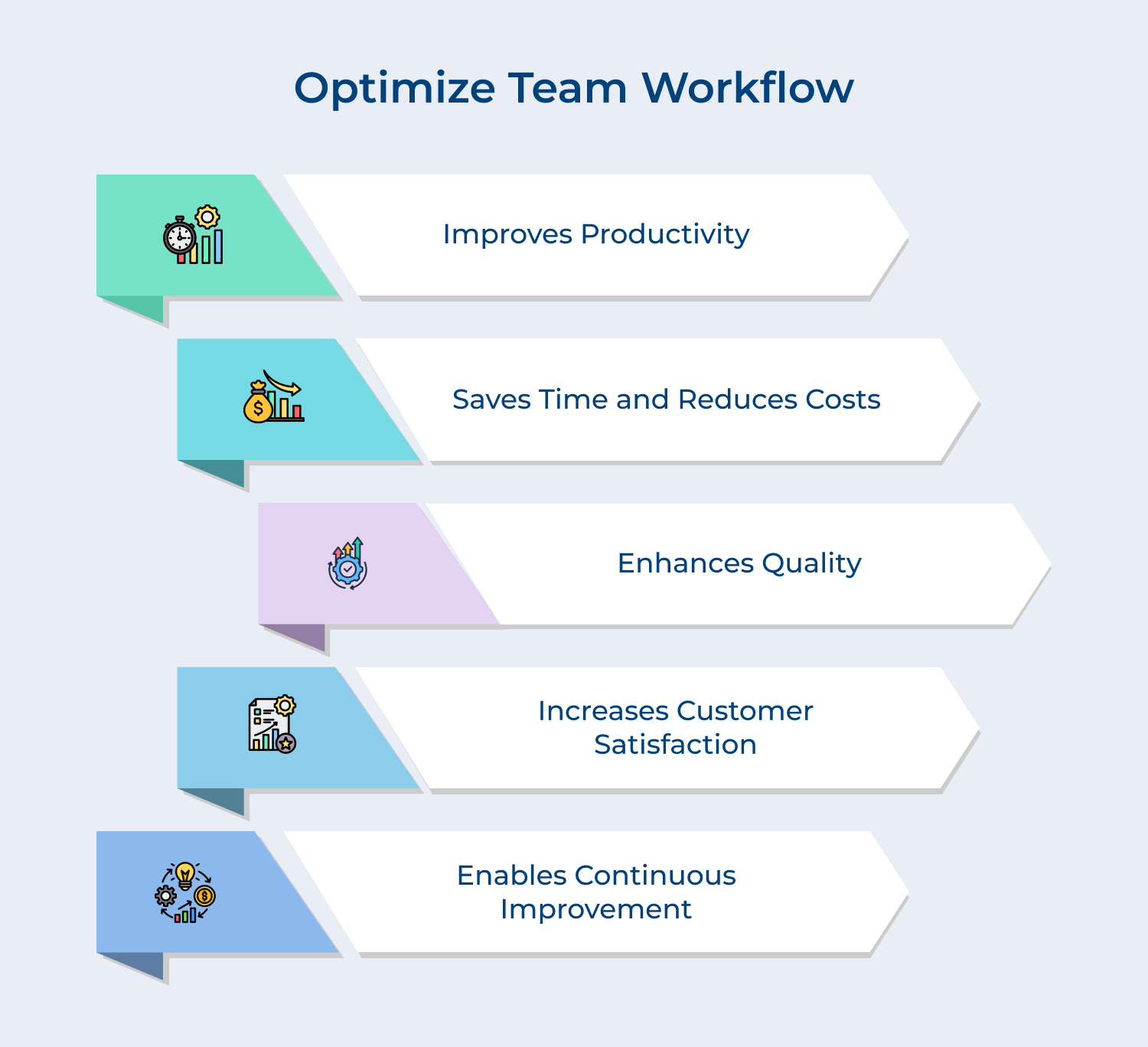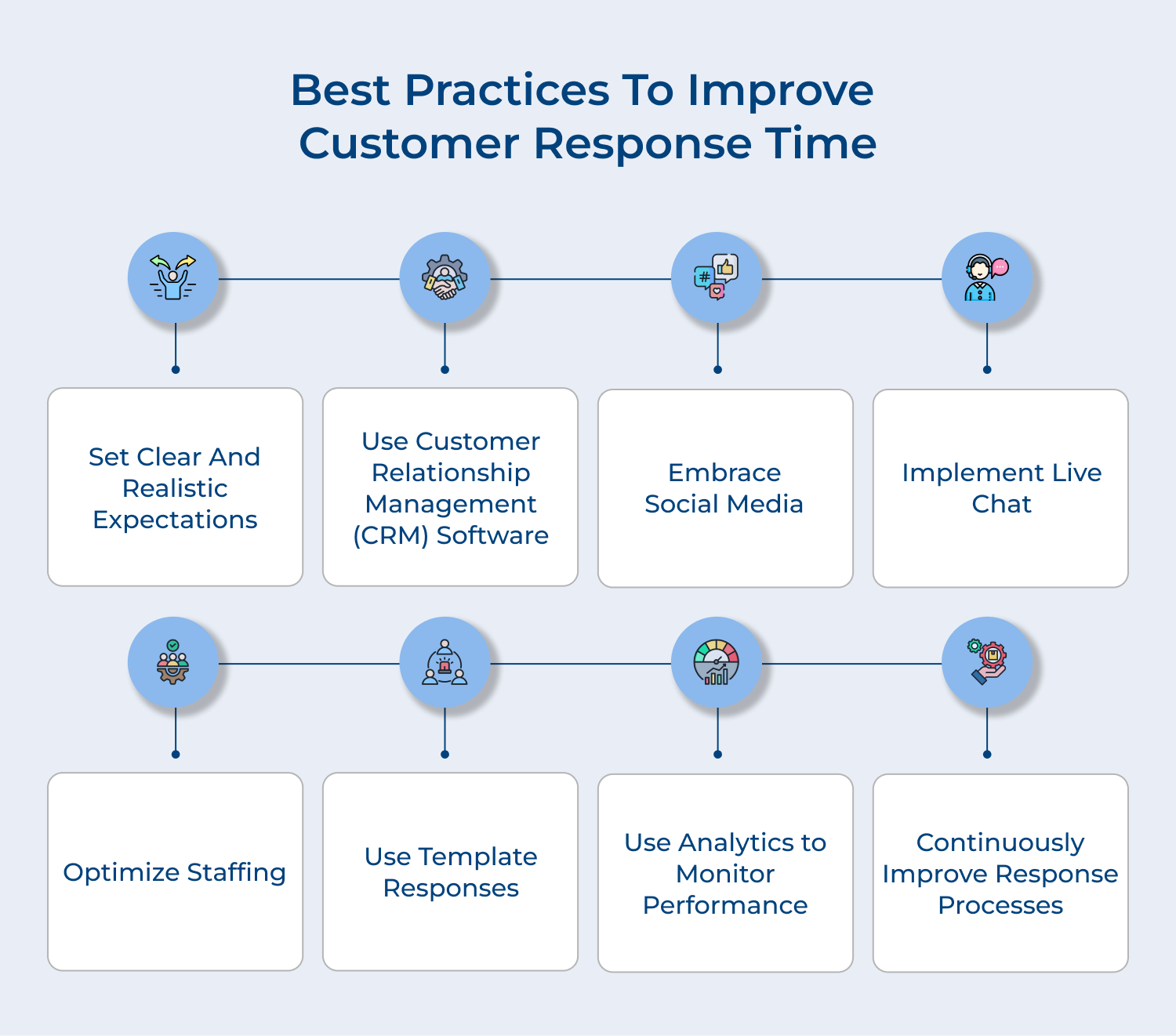- Set clear and realistic expectations: Make sure your customers are aware of the timeframe within which they can expect a response. Set realistic expectations by clearly communicating your response time goals on various communication channels like websites, social media platforms and automated email responses
- Use customer relationship management (CRM) software: Implement a CRM software that enables you to track and manage customer inquiries effectively. The tool can help you streamline your customer service processes and ensure timely responses.
- Embrace social media: Monitor your social media channels regularly and respond to customer inquiries promptly. Social media platforms provide a convenient way for customers to reach out to your business and a quick response shows your commitment to customer service.
- Implement live chat: Incorporate live chat functionality on your website to offer real-time assistance. Live chat allows customers to get immediate responses, increasing their satisfaction and reducing response time.
- Optimize staffing: Ensure you have sufficient staffing levels to handle customer inquiries efficiently. Periods of high volume or peak times should be accounted for to avoid delays in response times.
- Use template responses: Create a library of pre-approved template responses for commonly asked questions or issues. It can save time and provide consistent answers to similar inquiries.
Real Time Examples of Exceptional Customer Response Time
Customers expect timely and efficient responses to their queries, concerns, issues, etc. Here are some real-time examples of exceptional customer response time that can serve as inspiration:
1. Zappos
Zappos, the online shoe and clothing retailer, is renowned for its exceptional customer service. They prioritize rapid response time through various channels such as phone, email and social media. It sets a benchmark for customer response time by aiming to address all customer queries within 24 hours, ensuring customer satisfaction and loyalty.
2. Amazon
Amazon, the e-commerce giant, understands the importance of rapid response time. They have implemented various strategies, such as their “Mayday” button for Kindle users, which connects customers to live support within seconds. Their social media team is known for their quick response to customer queries and concerns.
3. Southwest Airlines
Southwest Airlines is widely recognized for its exceptional customer service and response time is a key aspect of their customer-centric approach. Their dedicated social media team ensures prompt responses to customer inquiries and addresses any issues that may arise during travel promptly. The commitment to customer satisfaction has earned them a strong reputation in the airline industry.
4. Apple
Apple is known for its commitment to providing an excellent customer experience. They prioritize customer response time through various channels, including online chat support, phone support and social media channels. Its dedicated support team ensures that customer concerns are swiftly addressed, contributing to their brand loyalty.
Provide Quick and Prompt Response to Elevate Your Customer Service
How quickly a business responds to customer inquiries can make all the difference in their overall experience. Reducing customer service response time requires a proactive and customer-centric approach.
The ideal customer service response time varies based on the industry and nature of the inquiry. Customer response time ranges from immediate responses to 24-hour turnarounds.
Businesses should strive for prompt and efficient customer service to maintain customer satisfaction as well as loyalty. Investing in delivering timely customer service not only enhances customer satisfaction but also contributes to overall business success and growth.
